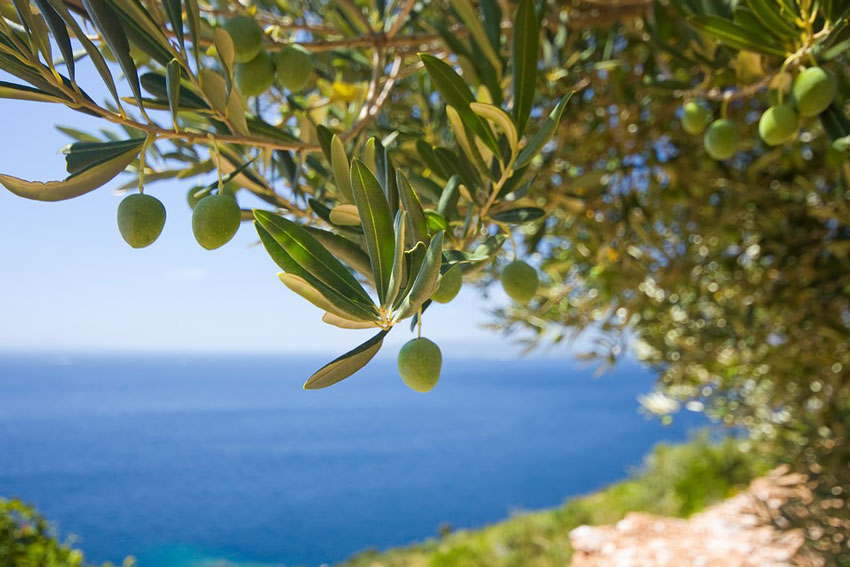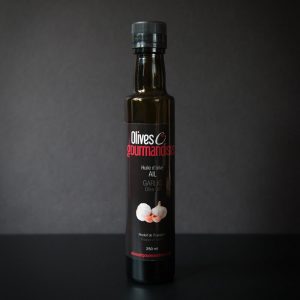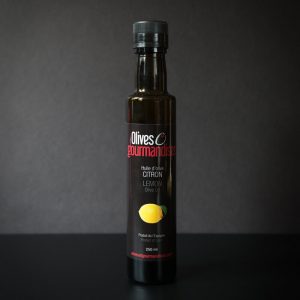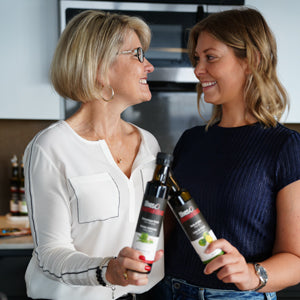Olive oil: from production to use (part two)

From production to use
Second part
November 15, 2018
Article
The science of nutrition has long sought to identify the nutrients responsible for the ills that affect the health of the population: cardiovascular diseases, diabetes, cancer, etc.
Thus, organizations such as Health Canada or the World Health Organization have established quantities of sugar, fat and salt that should not be exceeded in order to help individuals improve their eating habits and their health.
However, these nutritional recommendations can seem complex to apply since we do not eat nutrients, but rather whole foods.
This has led some researchers to approach the link between health and diet from another angle, with very convincing results.
Indeed, it is now recognized that the quality of fats consumed, rather than the quantity, has a much more significant impact on cardiovascular health, inflammation and even mortality.
The fat used in this type of study? Extra-virgin olive oil!
In short, this is how the powers of olive oil to prevent cardiovascular disease, reduce inflammation and reduce the risk of mortality were discovered.
And if it can reassure you, the funding for these studies did not come from the food industry.
The health benefits of olive oil are partly attributable to a group of compounds called “polyphenols” (also found in other foods such as berries or tea).
Furthermore, the quantity of polyphenols in olive oil varies greatly depending on several factors such as the maturity of the fruits when picked, the place where they are grown or the processing process.
Concentrations of polyphenols reach their maximum in extra-virgin olive oils and more in those called “robust” (which have a more pronounced taste).
At Olives & Gourmandises, the oil called “Picholine” is the one that contains the most polyphenols with a concentration reaching 625 mg/kg, that is to say more than twice the average content of olive oil. standard. With its herbaceous and peppery taste, it will enhance red meat or grilled peppers very well.
Additionally, to vary flavors while easily adding polyphenols to your diet, here are two of my favorites when choosing naturally infused extra-virgin olive oils.
Extra virgin olive oil with garlic 
- Brush naan bread, croutons or a baguette for a nice garlic taste, but without adding butter (and easier to spread);
- Marinade for honey and garlic chicken skewers (no need to cut garlic which burns easily on the BBQ!);
- Cooking fat to add punch to a vegetable stir-fry;
- To make garlic shrimp (in foil for cooking on the BBQ);
- As a replacement for pasta sauce with dried Italian herbs, white fish and diced tomatoes, a delicacy ready quickly (with one less pot to wash).
Extra-virgin olive oil with lemon 
- Brush a fillet of white fish, salmon or trout with maple balsamic and paprika (oven cooking suggested);
- To fry zucchini, broccoli or asparagus ;
- As a vinaigrette with white balsamic vinegar and oregano for a Greek salad;
- Add a little drizzle to plain Greek yogurt (or mayonnaise) with finely diced dill and cucumber for a fresh, flavorful dip;
- To replace half the fat (butter, margarine or oil) in your favorite recipe for white cake (the cake can then be used for a refreshing strawberry shortcake ) or muffin (lemon goes wonderfully with raspberries and white chocolate);
- To bind the graham crust of a cheesecake (add lemon zest to the crumbs to further accentuate the flavor).
Featured photo on Pixabay



0 comments